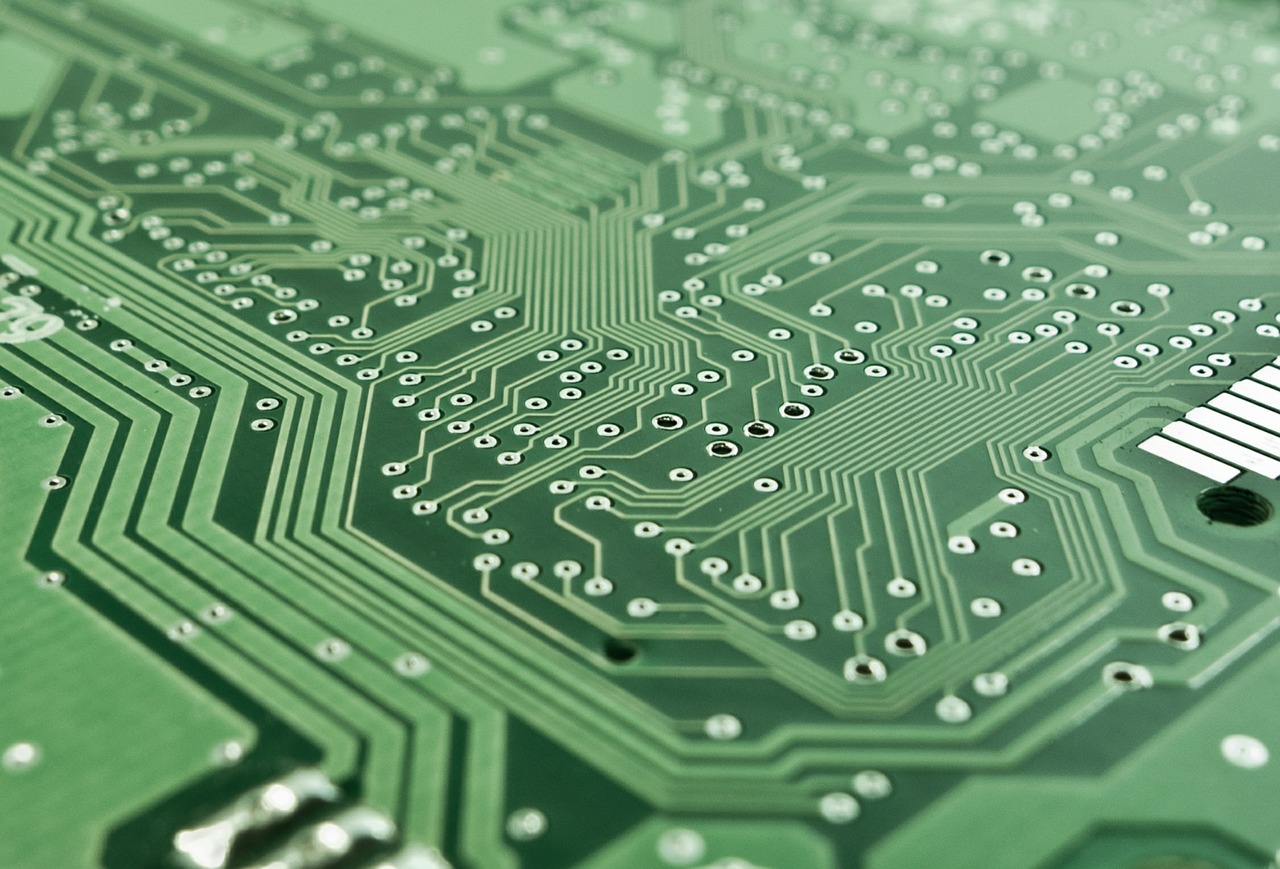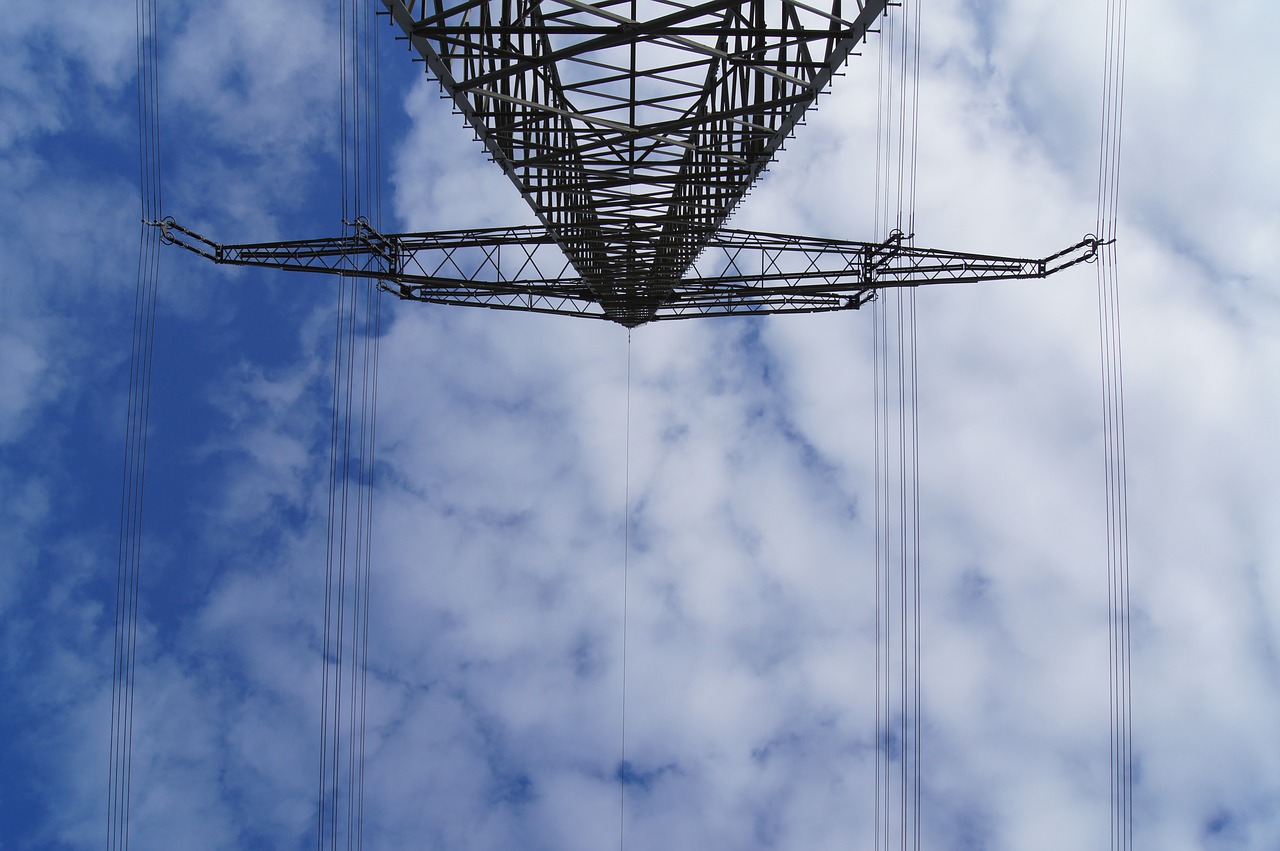Keeping an Eye on the Grid
New application gateway technologies at the network edge, enable highly-optimized industrial IoT solutions that enhance productivity of existing grid infrastructure. In other words, the traditional system utilities use to monitor DER and grid assets isn't quite cutting it. To increase reliability and grid capacity, they need a device that collects data from grid assets, and rapidly signals changes. The result? Improved real-time grid awareness, minimized network downtime, reduced operating costs, and heightened, layered security.
 The tradition of managing the supply of power from large centralized generation is increasingly being augmented, or replaced, by distributed energy resources (DERs). The adoption of DER's is creating the need for highly distributed automation monitoring and control solutions, to maintain power quality on the medium-voltage grids.
The tradition of managing the supply of power from large centralized generation is increasingly being augmented, or replaced, by distributed energy resources (DERs). The adoption of DER's is creating the need for highly distributed automation monitoring and control solutions, to maintain power quality on the medium-voltage grids.
DERs consist of physical and virtual assets deployed across the distribution grid, typically close to load, and usually behind the meter. Devices and systems, on both sides of the electric meter, can help the grid function more efficiently, and be more resilient under adverse conditions.
Limitations to Building-Out a DER Smart Grid
Traditionally, utilities have used a specific set of grid sensing, control, and automation functions tailored to the electric grid application space. The majority of these systems are rooted in aging technologies. Because utilities only replace technology products every few decades, the existing grid system lags behind today's Internet-based systems. Consequently, utilities have been slow to adopt cloud-based approaches. Instead, they transfer data from grid devices to their existing Distribution Automation head-end systems for operations, even if devices support cloud connectivity.
This results in an infrastructure that is dominated by legacy and proprietary systems, with a historical reluctance to adapt to new, open, standards-based paradigms:
- Connecting new line sensors to Distribution Automation head-end systems, so that existing infrastructure can be utilized and leveraged;
- Bringing sensing for DER to the cloud, to take advantage of the benefits of modern cloud platforms;
- Maintaining grid security to levels recommended in NISTIR 7628 Guidelines for Smart Grid Cybersecurity.
 IIoT Application Gateways
IIoT Application Gateways
A solution to these factors has been realized with the introduction of new industrial IoT application gateway technology. These new gateways provide a rich set of edge functionality, improving how utilities monitor critical grid data in environments such as substations and medium-voltage distribution networks. They enhance traditional monitoring systems, and increase reliability and grid capacity.
Connecting Line Sensors to Legacy Systems
Augmenting the existing grid infrastructure with application gateways enables older assets to meet the required performance of real-time, smart-grid applications.
Pushing Data in Real Time
Distribution Automation has relied on the centralized polling of sensor data. This results in significant latency and limited ability to scale. These IIoT gateways gather sensor data locally, create data models, perform analytics, and share the results using secure Internet connectivity methodologies, all while maintaining connectivity with existing Distribution Automation solutions.
Leveraging Cellular Infrastructure
Historically, connectivity to Distribution and Automation systems has been done using narrowband, non-IP-based, transparent private wireless networks. Extending traditional legacy polling over cellular was accomplished with secure tunneled IP-encapsulated polls through a cellular modem. IIoT gateways enable grid monitoring devices to take full advantage of cellular connectivity.
Enhancing Sensing with LPFAN
The advent of IoT has brought many new standards-based, low-power, field-area-networking sensors, using connectivity standards including ZigBee, Thread, Bluetooth and WiSUN. The sensors are easy to install; they scavenge power from the power line, making them highly economical to deploy.
IIoT Gateways provide connectivity to these devices, and the ability to convert the sensor data to legacy protocols, enabling modern cloud-based connectivity. This allows gateways to incrementally add new sensing solutions to existing monitoring systems.
Leveraging DER to the Cloud
As complexity of the distributed grid continues to expand, there is a need to be able to manage many more devices, and define methods by which utility automation systems can securely discover, request, and manage resources on the grid. The need to rapidly scale is creating opportunities to monitor and control the grid using cloud-based application.
But the modern cloud speaks a different language from most grid legacy systems and devices. What has been needed is a way to translate legacy systems to the cloud, as well as communicate with existing back-end systems, without disrupting existing operations. Not only are IIOT application gateways able to connect to cloud-based infrastructure, but they share real-time data and analytics with cloud-based applications.
Enhancing Grid Security
 Using legacy protocols for existing grid monitoring lacks robust cyber security, and is vulnerable to cyber-attacks. Application gateways can minimize legacy attack surface by locally polling the grid asset, limiting access of the data to systems using well-vetted, open standard-based security methodologies. In addition, application gateways support the ability to update and patch the security, to reduce physical and cyber vulnerabilities.
Using legacy protocols for existing grid monitoring lacks robust cyber security, and is vulnerable to cyber-attacks. Application gateways can minimize legacy attack surface by locally polling the grid asset, limiting access of the data to systems using well-vetted, open standard-based security methodologies. In addition, application gateways support the ability to update and patch the security, to reduce physical and cyber vulnerabilities.
More Flexible, Secure and Cost-Efficient Smart Grids
These new application gateways help DERs move from legacy and proprietary solutions, to open and standardized web-based solutions that enable sharing of data across the enterprise, without abandoning the infrastructure already in place.
They provide many features that simplify the development of edge applications by reducing the time to create and integrate them, thereby reducing development time from months or years, to weeks (or even days). This enables innovative edge applications to be created and rapidly integrated to existing infrastructure and IIoT applications.
Adding new line sensors to existing legacy devices on proprietary wireless networks brings tremendous value for DER grids, as well as legacy devices taken to the cloud for remote configuration, management and field force operations. Such gateways enable flexibility, security, and high cost-efficiencies within DER grids.
John Geiger is Vice President Business Development at Machfu, which connects data to the cloud and legacy enterprise systems for business analytics.
MACHFU | www.machfu.com
Author: John Geiger
Volume: 2018 November/December









.gif?r=7551)
.jpg?r=4538)

.jpg?r=9211)